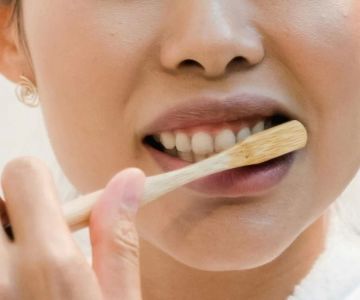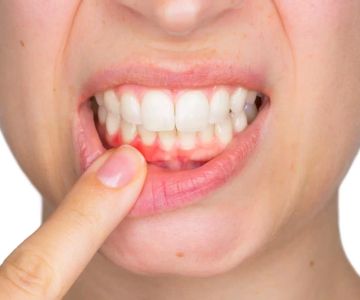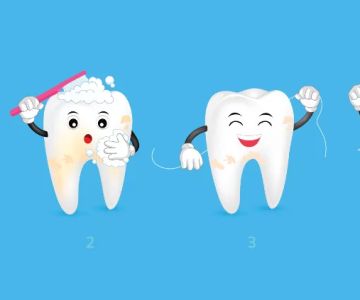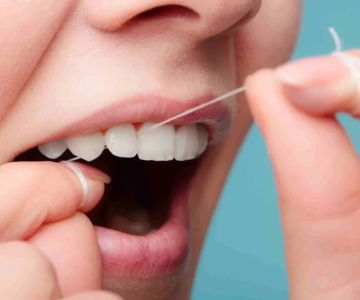Effective Tooth Cleaning Methods for a Healthier Smile
- Importance of Tooth Cleaning
- Manual Brushing Techniques
- Electric Toothbrush Benefits
- Flossing Techniques
- Mouthwash Effectiveness
- Regular Dental Checkups
1. Importance of Tooth Cleaning
Maintaining proper tooth cleaning habits is essential for preventing tooth decay, gum disease, and other oral health issues. Tooth cleaning removes plaque and bacteria, which can build up and lead to cavities and bad breath. It’s a crucial aspect of overall health as poor oral hygiene is linked to other conditions such as heart disease and diabetes. Regular cleaning also ensures that you maintain a fresh and confident smile.
2. Manual Brushing Techniques
Manual tooth brushing is the most basic form of oral hygiene. When done correctly, it can be just as effective as using an electric toothbrush. To properly clean your teeth with a manual brush, use gentle, circular motions and ensure you clean every surface of each tooth. Spend at least two minutes brushing, making sure to focus on the back molars and gumline. It's also important to use the right kind of toothbrush, one with soft bristles, to avoid damaging your gums and enamel.
3. Electric Toothbrush Benefits
Electric toothbrushes are designed to make brushing easier and more effective. The rotating or vibrating head of the brush can remove plaque more efficiently than manual brushing. Studies have shown that electric toothbrushes can reduce plaque and gingivitis more effectively, leading to better gum health. The built-in timers on many electric toothbrushes also ensure you brush for the recommended two minutes. For those who struggle with manual brushing techniques, an electric toothbrush may be the perfect solution.
4. Flossing Techniques
Flossing is an important part of any tooth cleaning routine. It helps remove food particles and plaque from between your teeth, areas that a toothbrush can’t reach. To floss properly, take a piece of dental floss and wrap it around your fingers. Gently slide the floss between each pair of teeth, curving it to follow the shape of your teeth. Be careful not to snap the floss, as this can injure your gums. Regular flossing reduces the risk of gum disease and cavities in hard-to-reach areas.
5. Mouthwash Effectiveness
Using mouthwash is a simple and effective way to enhance your oral hygiene routine. Mouthwash can help reduce bacteria in the mouth, prevent gingivitis, and freshen your breath. There are different types of mouthwash available, including those that focus on antibacterial properties and those that provide fluoride for strengthening enamel. Choose a mouthwash that fits your specific needs, and use it after brushing and flossing for the best results.
6. Regular Dental Checkups
While at-home tooth cleaning is essential, regular dental checkups are just as important. Dentists can identify early signs of dental issues such as cavities, gum disease, or oral cancer that might not be visible or noticeable to you. Professional cleanings also help remove tartar buildup that cannot be removed by brushing alone. Aim to visit your dentist every six months for a routine checkup and cleaning.
Maintaining proper tooth cleaning methods is the cornerstone of a healthy smile. Whether you prefer manual brushing, an electric toothbrush, or incorporating flossing and mouthwash into your routine, staying consistent is key to preventing oral health issues. Interested in improving your oral hygiene? Check out more tools and tips at Dentistry Toothtruth to ensure your smile stays bright and healthy!







 Westgate Dental Arts3.0 (2 review)
Westgate Dental Arts3.0 (2 review) Coventry Family Dental4.0 (247 review)
Coventry Family Dental4.0 (247 review) Familia Dental3.0 (1028 review)
Familia Dental3.0 (1028 review) Dr. Daniel S. Fife, DDS4.0 (31 review)
Dr. Daniel S. Fife, DDS4.0 (31 review) Dentistry At Suburban Square: Michael I. Wollock, DMD4.0 (1228 review)
Dentistry At Suburban Square: Michael I. Wollock, DMD4.0 (1228 review) Comfort Care Dental4.0 (1156 review)
Comfort Care Dental4.0 (1156 review) The Importance of Oral Health Education During Pregnancy for a Healthy Pregnancy
The Importance of Oral Health Education During Pregnancy for a Healthy Pregnancy Why Skipping Dental Checkups Can Lead to Bigger Oral Health Problems
Why Skipping Dental Checkups Can Lead to Bigger Oral Health Problems Best Tips for Brushing Your Teeth Properly for Healthy Gums: Essential Techniques for Oral Health
Best Tips for Brushing Your Teeth Properly for Healthy Gums: Essential Techniques for Oral Health Advantages of Porcelain Dental Restorations
Advantages of Porcelain Dental Restorations How Can Diabetes Cause Tooth and Gum Problems? Preventing and Managing Oral Health Issues
How Can Diabetes Cause Tooth and Gum Problems? Preventing and Managing Oral Health Issues Healthy Habits for Promoting Good Oral Health and Hygiene: Tips for a Healthy Smile
Healthy Habits for Promoting Good Oral Health and Hygiene: Tips for a Healthy Smile